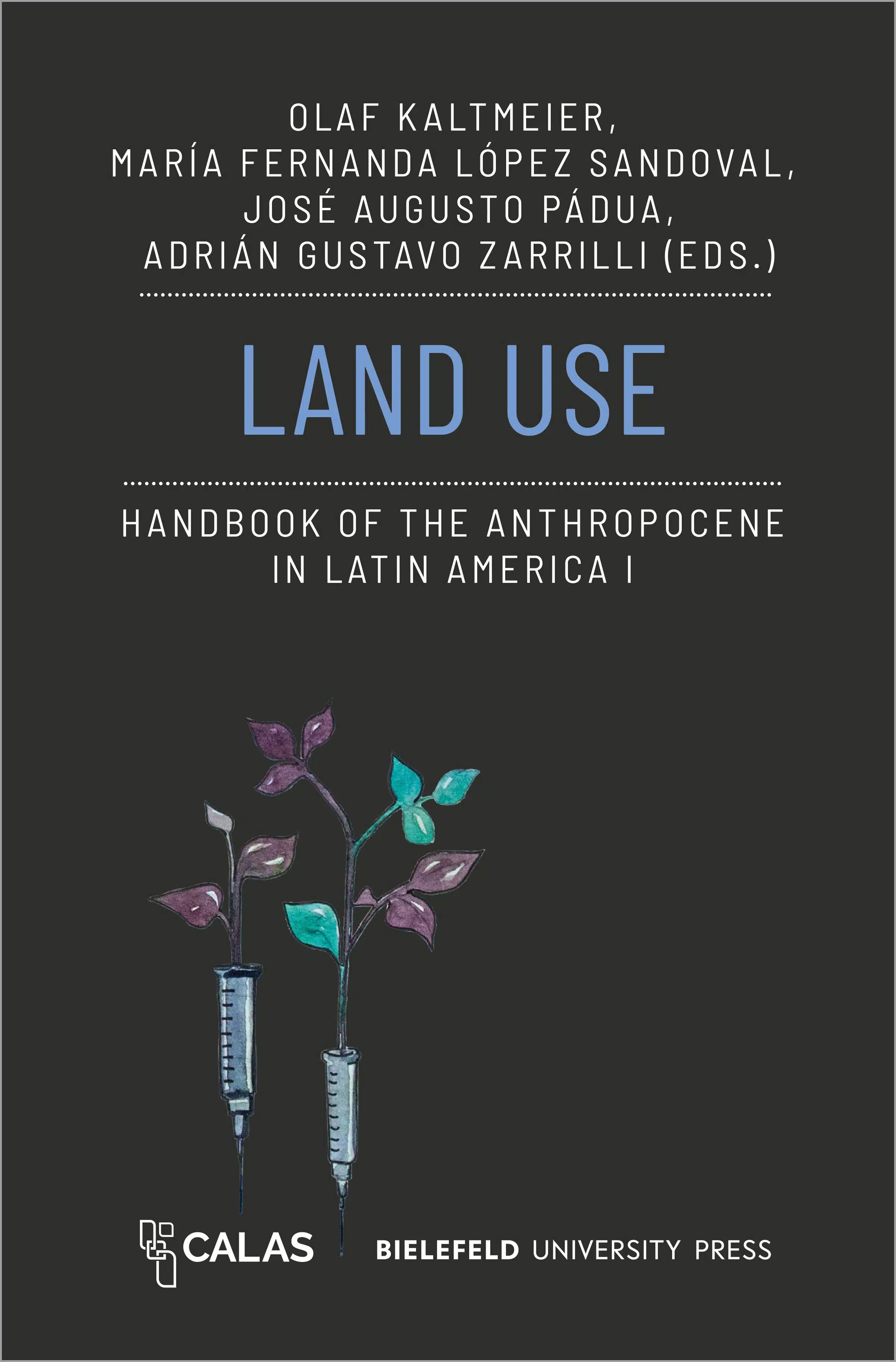New Publication: Land Use – Handbook of the Anthropocene in Latin America I
“Sharing a Planet in Peril” (SAPP) member José Augusto Pádua is among the editors of this recently published volume of the Handbook “The Anthropocene as Multiple Crisis” which focuses on land usage.

Summary
The dual myths of virgin land to conquer and El Dorado to exploit have been the central images in the imaginary of land usage in Latin American. These metaphors are essential to the understanding of the genealogy of the Anthropocene in the region from the Conquista up to today. We start with the idea that homo sapiens have always altered their habitats. In this sense, we acknowledge that before colonization and the crisis of the world capitalist system, there were massive alterations to the land taking place in agricultural systems, the urbanization of Mesoamerica and the Andes, or in Amazonian agroforestry. Nevertheless, we argue that the conquest of Latin America was the motor for the first great global acceleration in the transformation of land usage, heavily influencing the formation of the Anthropocene that begins in 1950. The onset of the Anthropocene was accompanied by rationales and a distinct culture of land use that followed ideas of instrumentality that we refer to as the technosphere.
This volume of the Handbook “The Anthropocene as Multiple Crisis” focuses on land usage, intending to enrich contemporary debates surrounding the Anthropocene that attempt to understand the formation of the technosphere in Latin America with critical perspectives from the social sciences and the humanities. With this in mind, we take interest in social appropriation and land use from the transformations of material, the social practices, their political and legal regulations as well as the imaginaries of virgin territories. This implies studying and understanding spatial conflicts over land usage in all the dimensions previously mentioned. Various actors are involved in these conflicts, which flare up due to the dynamics of colonization, spatial appropriation, and the commoditization of land. Studying those long-standing conflicts between indigenous groups and multiple methods of colonization, we keep in mind the logics and territorial knowledges of Afro-Americans and peasants and the ecological movements at the beginning of the 20th Century. Consequently, far from a static cartography of land usage, we desire to investigate the dynamic and numerous appropriations of boarders and historic transformations in land usage.
In this conceptual frame, the following six fields of investigation with respect to land usage are our focus. They are not strictly separated, but rather overlap and articulate in branching trails and paths.
A first area of interest in this volume of the Handbook is the transformations of the wastelands. The term “wasteland” in its various usages – from the Desierto of Argentina, the Sertão of Brazil, the infierno verde of the jungle, or the Andean panorama – is problematic due to its anthropocenic connotations of uselessness without respect to its importance to the ecosystem just like wetland areas. The imagination of land usage and the possibility to amplify its use, at times, has been fundamental to national narratives. We include here also the parts of the earth considered “second-grade wastelands” or, rather, those whose lack of utility is due to over-exploitation like areas of desertification or “industrial wastelands.”
Next, we explore three fields covering all land usage activities related directly / explicitly to the biosphere. This includes activities and land usage systems that are based on direct extraction from flora and fauna. This relates to extraction of lumber, fruits like palm, fish, and animals through hunting. Another large focus we have is the fields that transform the earth (cultivation). We address agriculture from the emergence of the plantation and latifundismo (large land ownership), as well as the impacts of industrial agriculture, the green revolution, and GMOs, to Afro-American and indigenous-peasant agriculture and agroecology. In the context of forestry, we explore related laws and the formation of protected areas, as well as the emergence of forest plantations and the process of deforestation. In the same way, we analyze the impacts of breeding, including the introduction of new species, like the sheep, goat, and cow or “more effective” herbs.
Finally, we will explore the dimensions of the technosphere related to the processes of urbanization and infrastructure. Currently, Latin America is one of the most urbanized regions of the world with the enormous impact of construction, the impermeabilization of the ground, climate change, etc. In terms of infrastructure, we highlight roads and the use of hydroelectric power.
Reference
Kaltmeier, O., Padua, J.-A., López Sandoval, M.F. and Zarrilli, A.G. (eds.) 2024. Land Use – Handbook of the Anthropocene in Latin America I. Bielefeld University Press. Link


